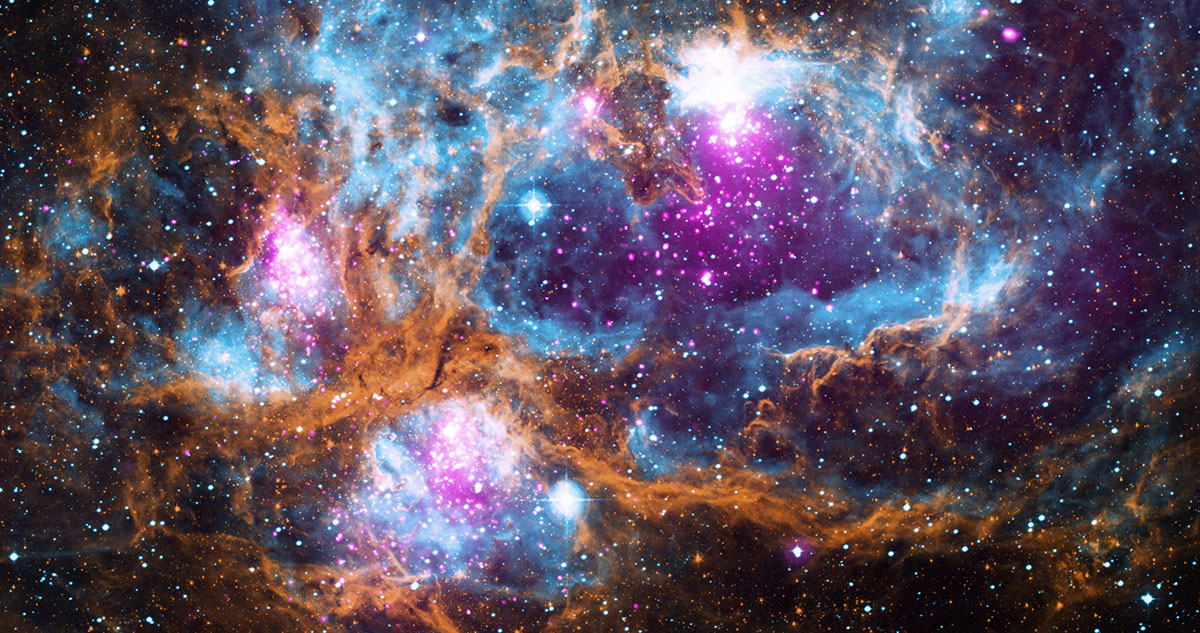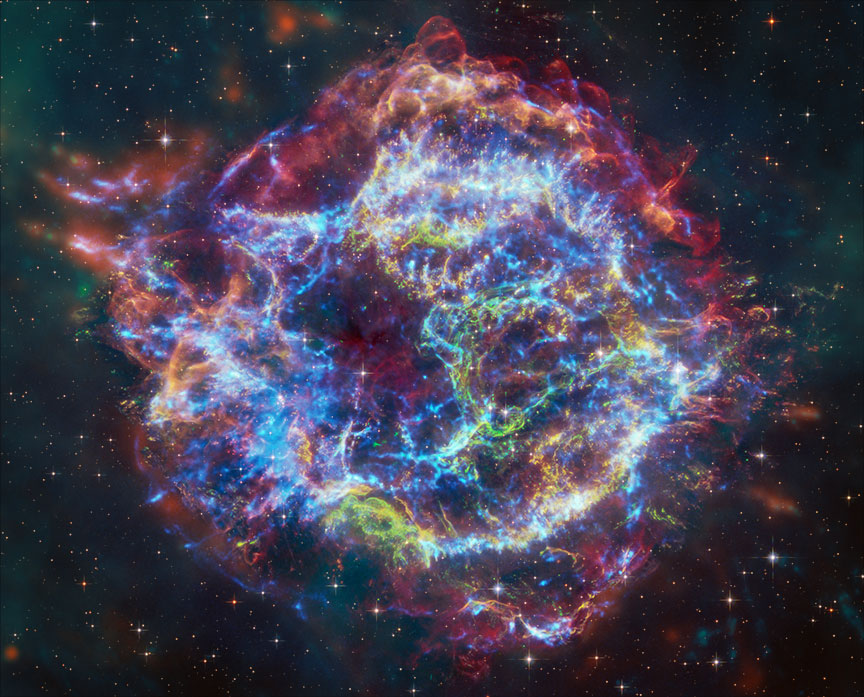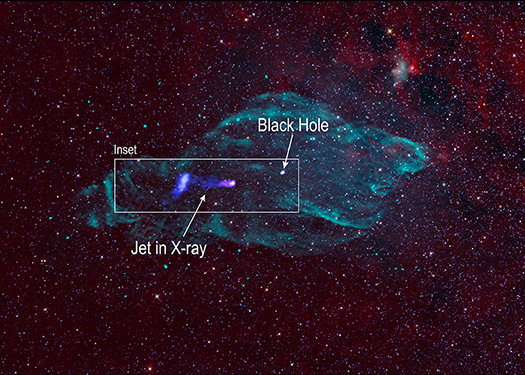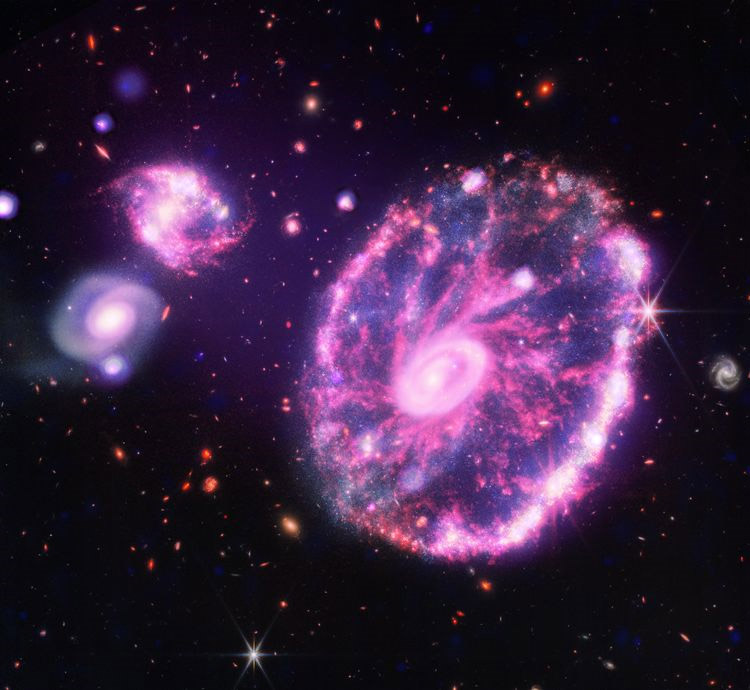Chandra X-ray Observatory
25 years of extraordinary discoveries about the universe
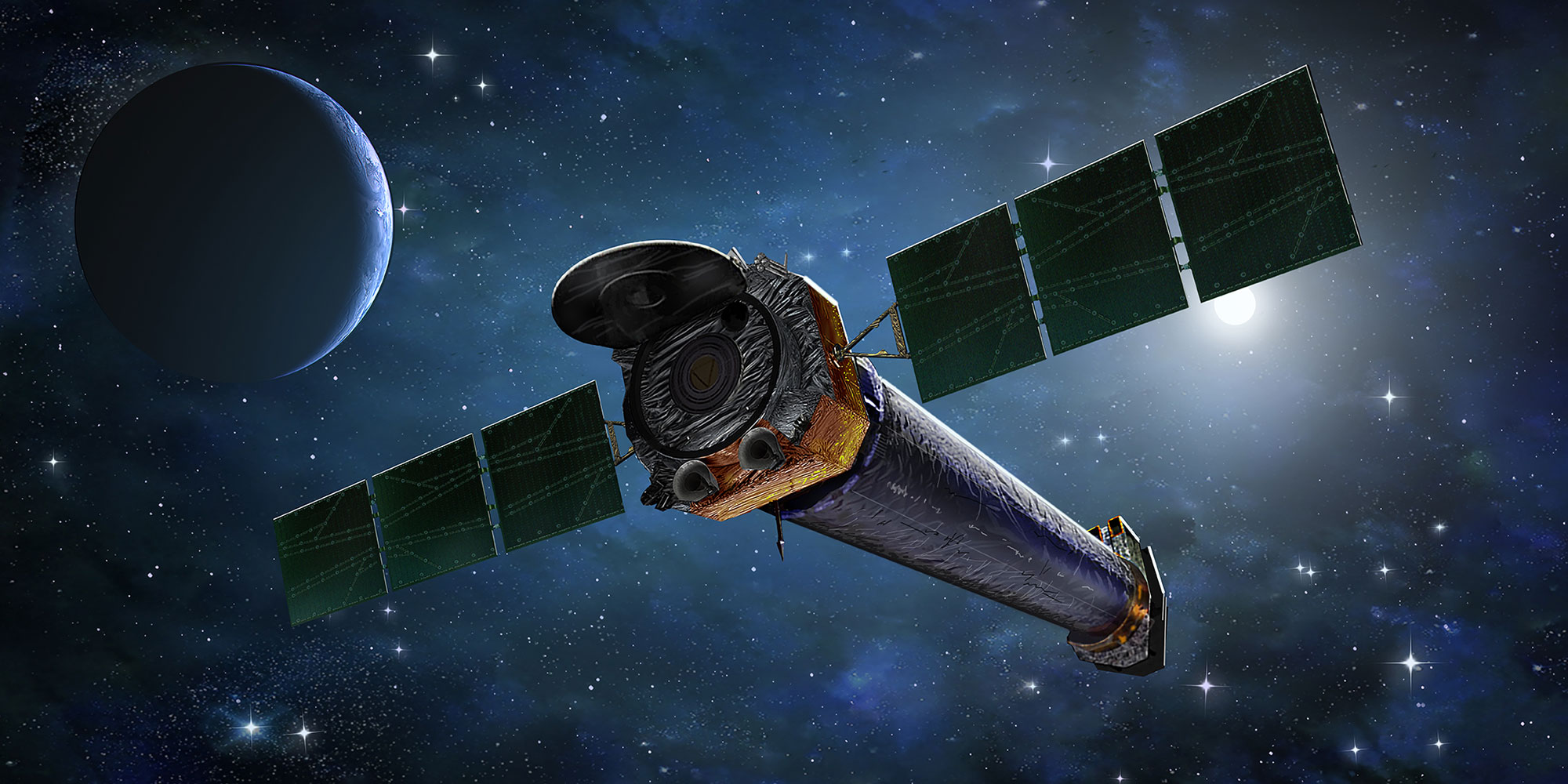
25 Years of Chandra
Far exceeding its original five-year design life, the Chandra X-ray Observatory, designed and built by Northrop Grumman, is the most powerful X-ray telescope ever launched. Alongside the Hubble Space Telescope, Spitzer Space Telescope and Compton Gamma Ray Observatory, Chandra is one of NASA’s four Great Observatories.
Since 1999, Chandra has observed X-ray emissions from very hot regions of the universe such as colliding galaxies and black holes, helping scientists answer fundamental questions about the origin and evolution of the universe. Its discoveries have impacted virtually every aspect of astrophysics, including proving dark matter’s existence.
Today, Northrop Grumman employees continue to support Chandra from Burlington, Massachusetts, overseeing day-to-day planning and execution of science observations and more.
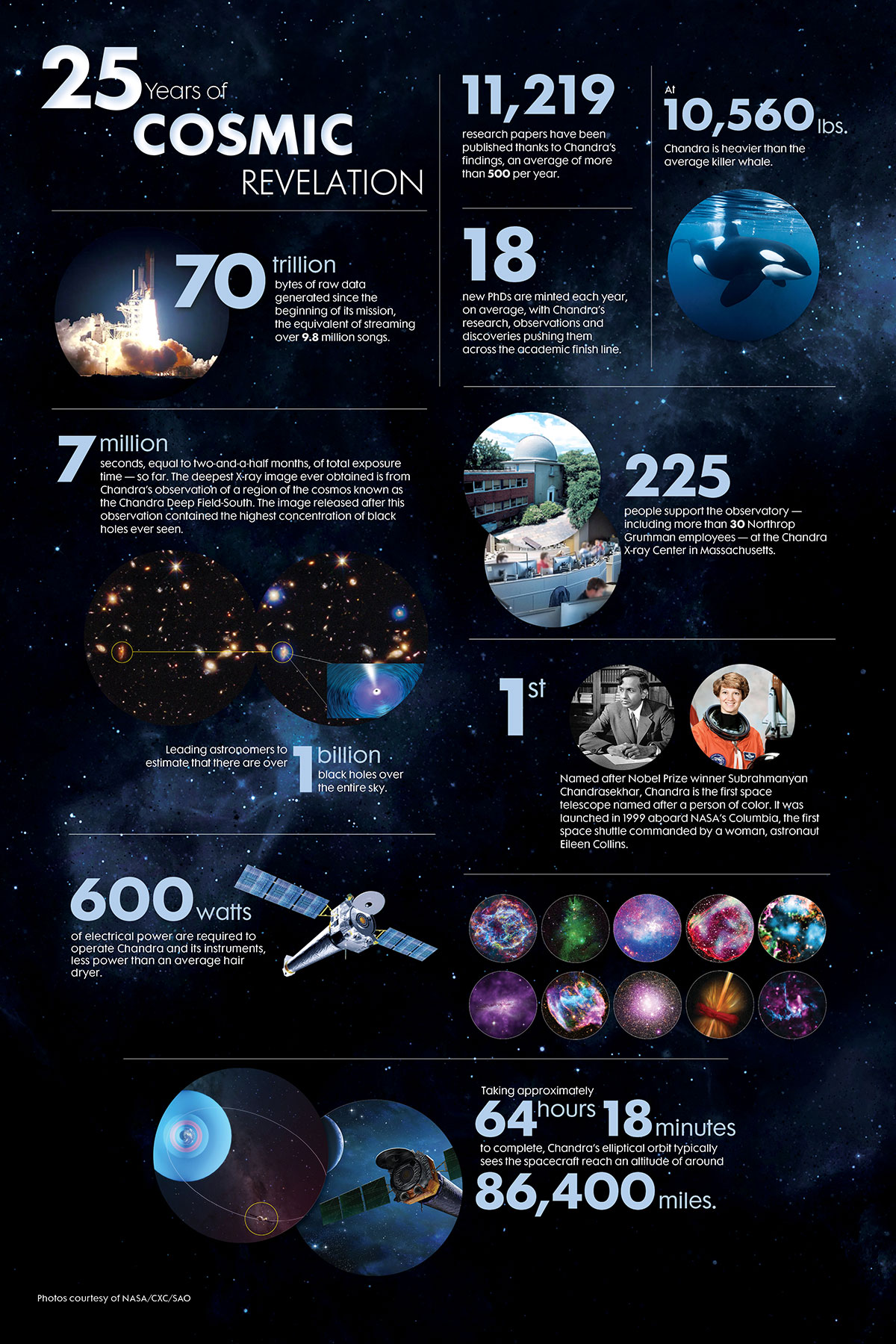
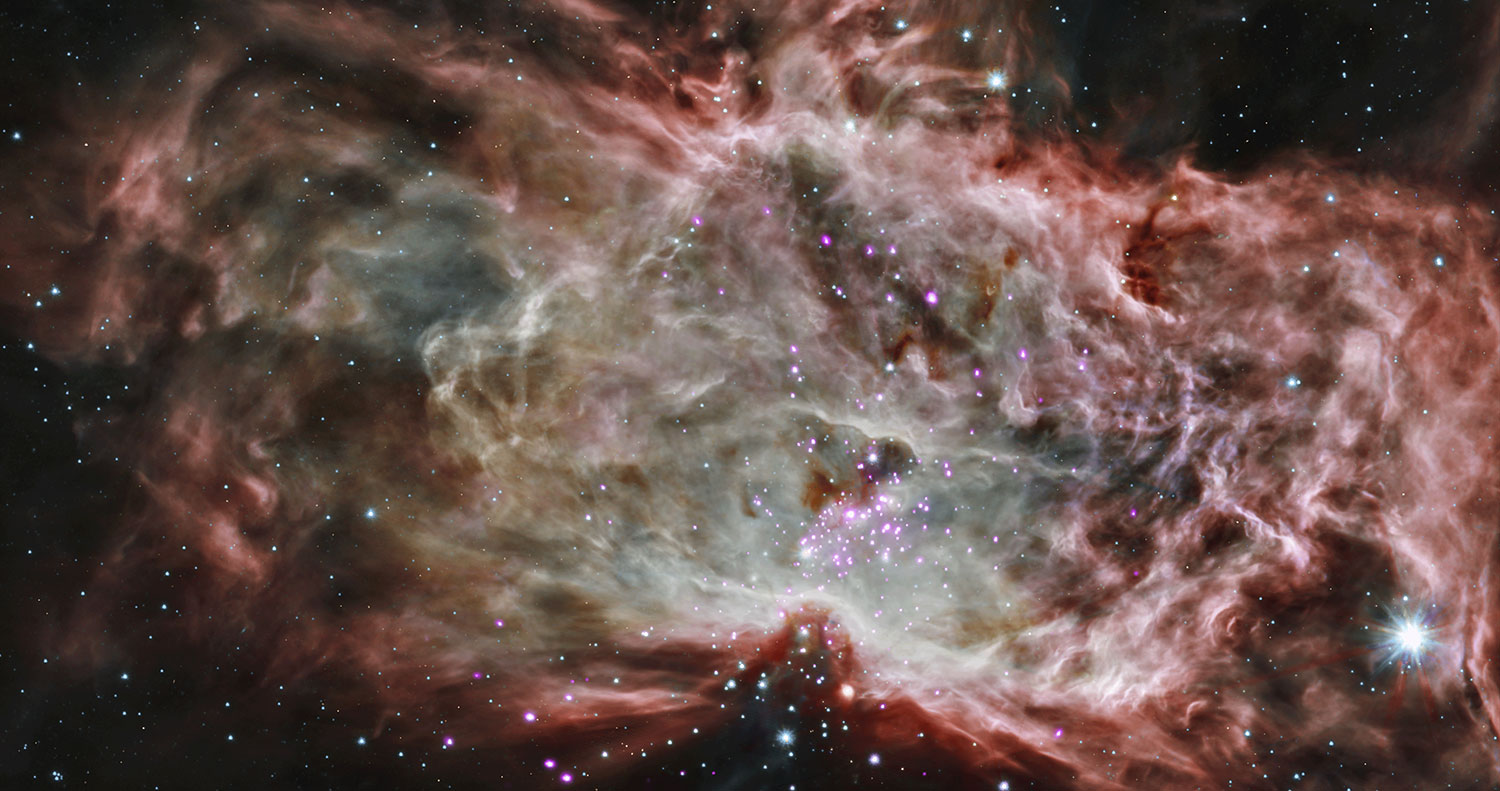
Window to the Universe
As long as astronomers have pointed their telescopes skyward, they've pondered the nature and origin of the universe. X-rays, an invisible form of electromagnetic radiation that originates deep in space, carry answers to many of these questions. Unfortunately, Earth's atmosphere absorbs these high-energy rays, preventing astronomers from learning their secrets.
NASA's Chandra X-ray Observatory (formerly called the Advanced X-ray Astrophysics Facility) is giving astronomers a clearer view of the universe. The Northrop Grumman-built satellite consists of a highly sensitive X-ray telescope, imaging spectrometer, high-resolution camera and associated detecting devices. Chandra offers scientists the opportunity to collect, observe and analyze X-ray radiation. It is helping them achieve a greater understanding of the structure and evolution of the universe.
Expanding our Knowledge
Dark matter, a theoretical force that holds superhot gases within clusters of galaxies, may be three to 10 times more prevalent than the clouds of hot gas and galaxies we can observe. But dark matter has never been seen. Chandra promises to shed light on this cosmic mystery, detecting collapsed stars, planets, black holes or perhaps subatomic particles that may comprise the missing ingredient in galaxy clusters.
The observatory's unique X-ray perspective is providing a new view of cosmic phenomena near and far — from comets within our solar system to quasars on the edge of the observable universe. It is studying the mechanisms of supernovas, the last gasp of dying stars that may give birth to new ones; and probing the secrets of distant galaxies, hubs of explosive activity powered by … what? Because space offers a unique environment to test existing theories or discover new rules of physics, Chandra is expanding our knowledge of plasma physics, elementary particle physics and cosmology.
